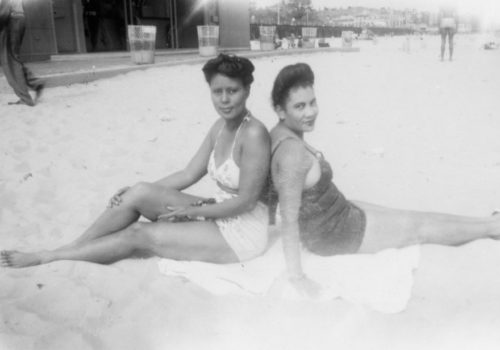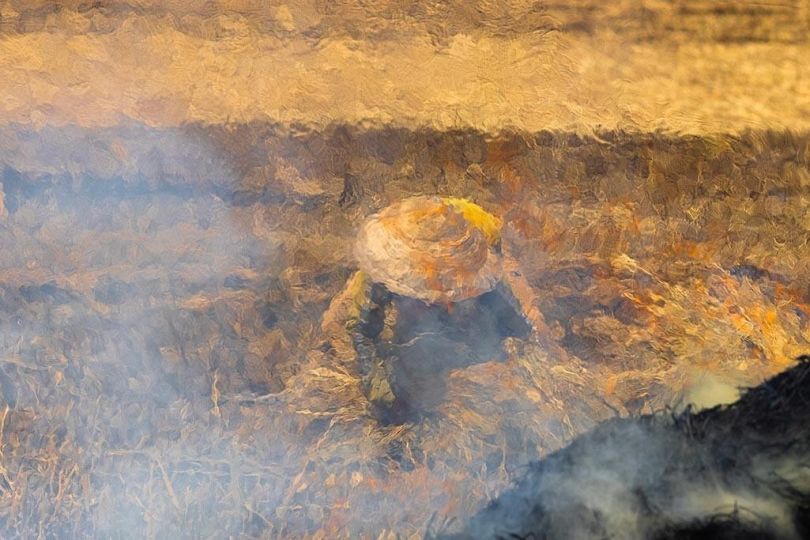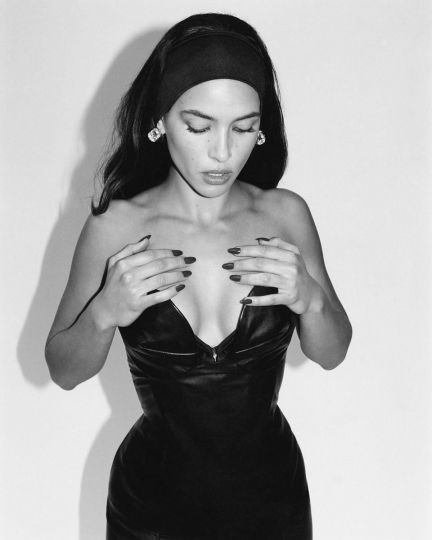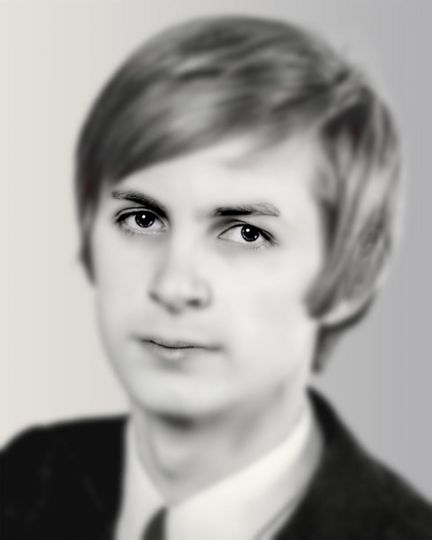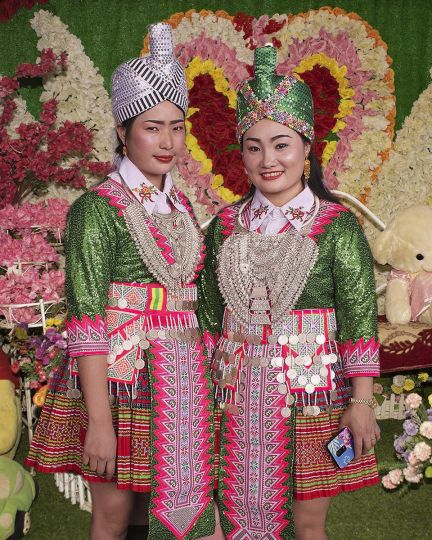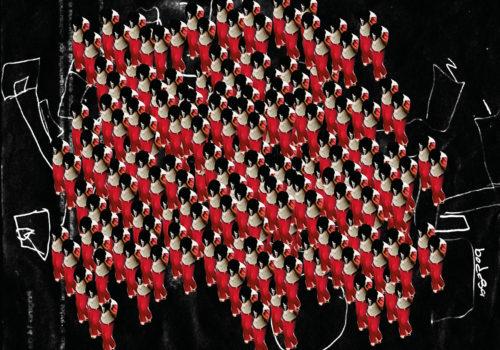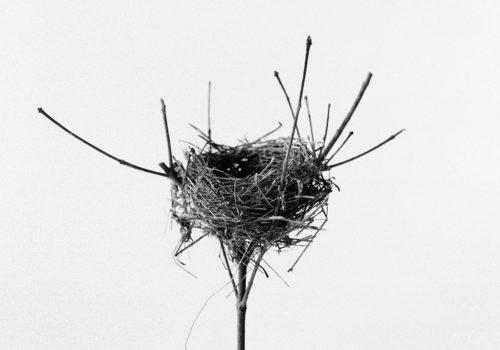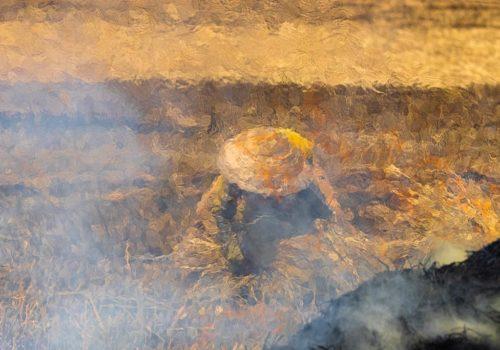In Washington, the recently built National Museum of African-American Culture and History (NMAACH), directed under the Smithsonian Institute, presents these days Everyday Beauty. This exhibition offers a tremendous panorama of African-Americans using photography as a tool for reversing perceptions, representations and clichés in a segretationnist America during the forties.
All mediums are being displayd, from daguerreotypes to postcards, from family portraits to artistic gestures, in order to apprehend and show the daily life of Afro-American populations in the mid-century. The work of Laura Fitzpatrick is particularly striking. While being aged eleven, Fitzpatrick lived on Broadway, in Williamsburg in tenementbuilding. Brooklyn wass then the antechamber of asleep workers, dispatched into poor communities, Jewish, Polish, Afro-Americans. In the words of James Agee in Brooklyn Is (1938) ; a silently borough.
Laura Fizpatrick’s mother offered her an Afga Billy device. The young teenager carefully began to document her life and neighborhod. For ten years, she photographed Sundays outings of religious, summer rushes to the beach to escape the heat of , inhabitants of her neighborhood. Many portraits show her family, her friends ; families having fled Southern racists lands and poverty, being plunged into the precariousness low-wages indstries of the North. Laura Fitzpatrick’s works are therefore a stricking artistic and historical testimony of American lives in Brooklyn, offering knowledge of an unkwnown part from a broad decade in the U.S.
Everyday Beauty
unprecised date
National Museum of African-Americans Culture and History
1400 Constitution Avenue
20560 Washington DC, U.S.A

